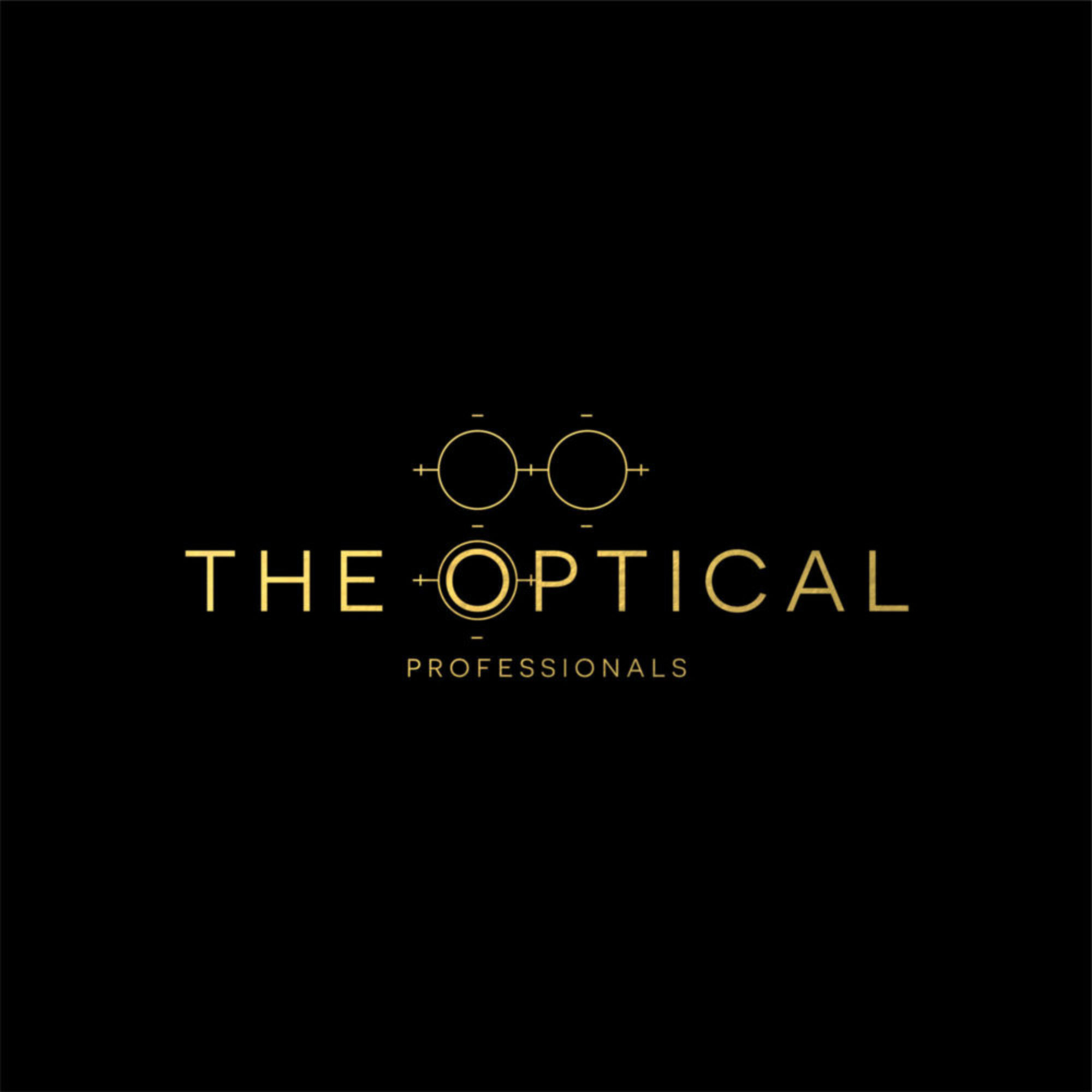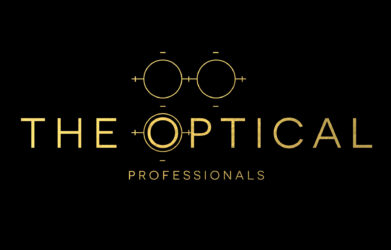“Transition Lenses”.. “Photochromic”.. “The Lenses that change outside”.. “Those ones that change color when you go in the sun”..
All of these are super common ways that people generally describe “Transition/Photochromic – Light Responsive” lenses when they’re in the Optical. None of these customer descriptions are wrong, but I’ll give you some pointers on what to look for when selecting your new Light Responsive Lenses as well as some cool features that these lenses have!
Apart from the science behind Photochromic Lenses, these lenses are generally really cool with quite a few user features that many customers weren’t aware of. What are a few basic features of these cool lenses, you say? Well, glad you asked…
- This lens option generally comes in multiple color options! Some of the most common options are Grey, Brown and Green. Consult your local optical shop or a trusted Licensed Optician for more details on color options.
- Light Responsive Lenses have a built-in Blue Light Filter! Since these lenses are activated by intense levels of UV (unseen Blue Light), there is an unintended, but super useful benefit to having them! The Blue Light from your digital devices, fluorescent lighting and other sources aren’t intense enough to activate the lenses, but the lenses will act as a Blue Light Barrier while you wear them.
- There are “Polarized” Transition Options! That’s right, there are options for the lenses to become polarized (Sun Lenses!) once fully activated by the sun. Consult your local optical shop or a trusted Licensed Optician for details about this lens option.
- There are Transition Lenses options that allow the lenses to change while you’re in the car.
- You can combine a multitude of options with Light Responsive Lens technology such as: Progressive Lenses (Multifocal), BiFocals, Hi-Index Lenses, Anti-Reflective Coatings, Flash Mirrors, and much more.
There are many options to fit many different needs. Although Light Responsive Lenses offer many benefits, there are a few drawbacks. What are these drawbacks, you say? Let’s explore…
- Although the lenses get to their maximum darkness in a matter of seconds, they generally take several minutes to return to their original clarity. Depending on the brand of Light Responsive lenses used, you may experience faster transition times than others. Consult your local optical shop or a trusted Licensed Optician for more details about transition times.
- Some lens options aren’t completely clear indoors. Although this may not be such a big deal for some folks, others find the slight tint a bit a bit troubling while wearing the lenses indoors.
- All Photochromic Lenses are not created equal! Be sure to consult your local optical shop and/or a trusted Licensed Optician when considering Photochromic options to ensure you get the product you anticipate. Ask for the options that you want and allow the professionals to recommend the products that are available to satisfy your requests.
It is important to note that “Transitions”, while being a lens type, is also a BRAND of lenses. The fact that there is a brand named after the lens technology could make purchasing these types of lenses a little tricky. The brand “Transitions” has developed a lot of very helpful and innovative technology for Photochromic Lenses and some would consider them to be in the top tier of Light Responsive lens technology. There are a few different brands to choose from and it’s valuable to understand which brand your Optical Shop and/or Licensed Optician is supplying you with.
It’s important to remember, “To look and see your best, a Licensed Optician is your vision expert”.

